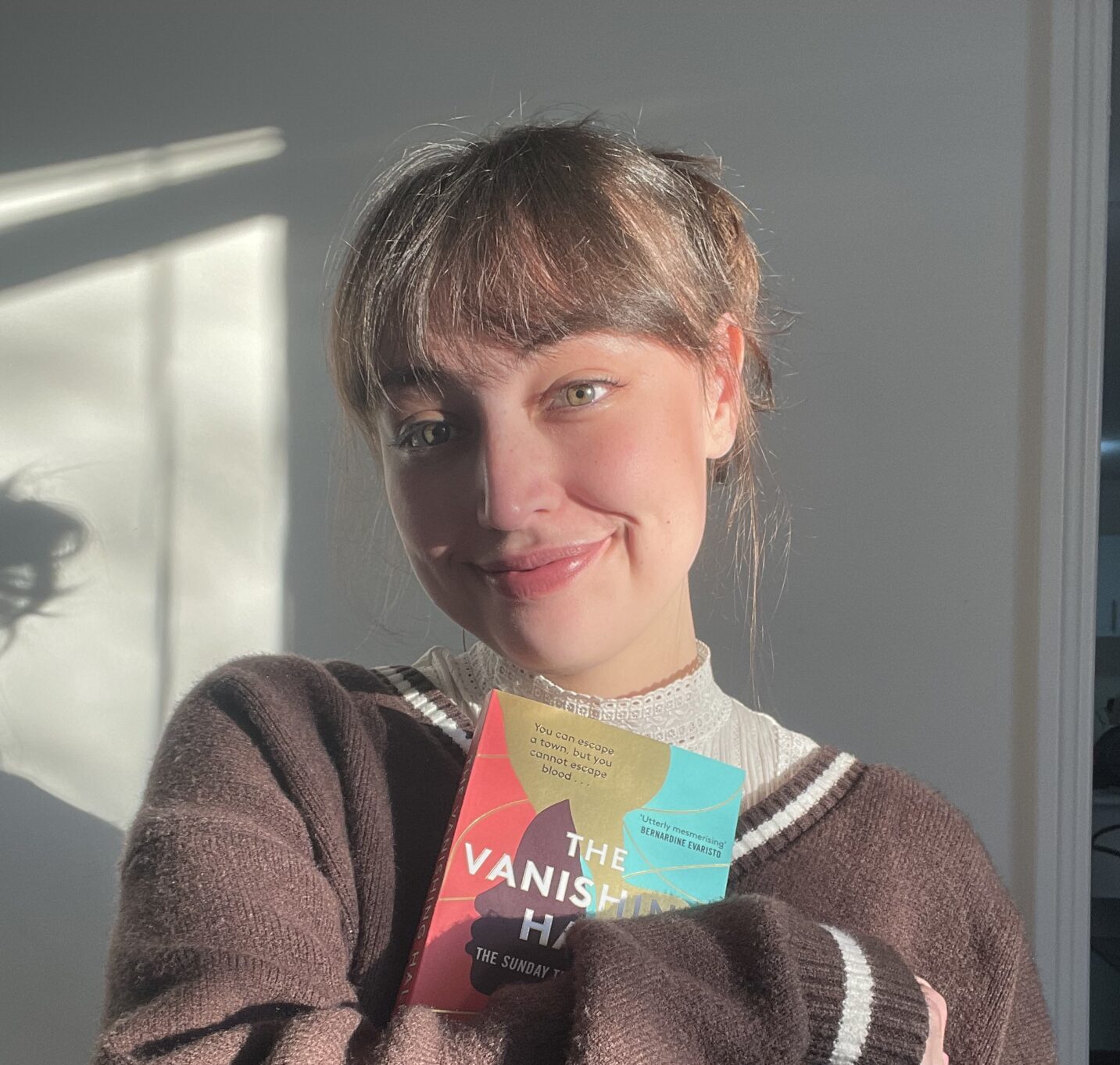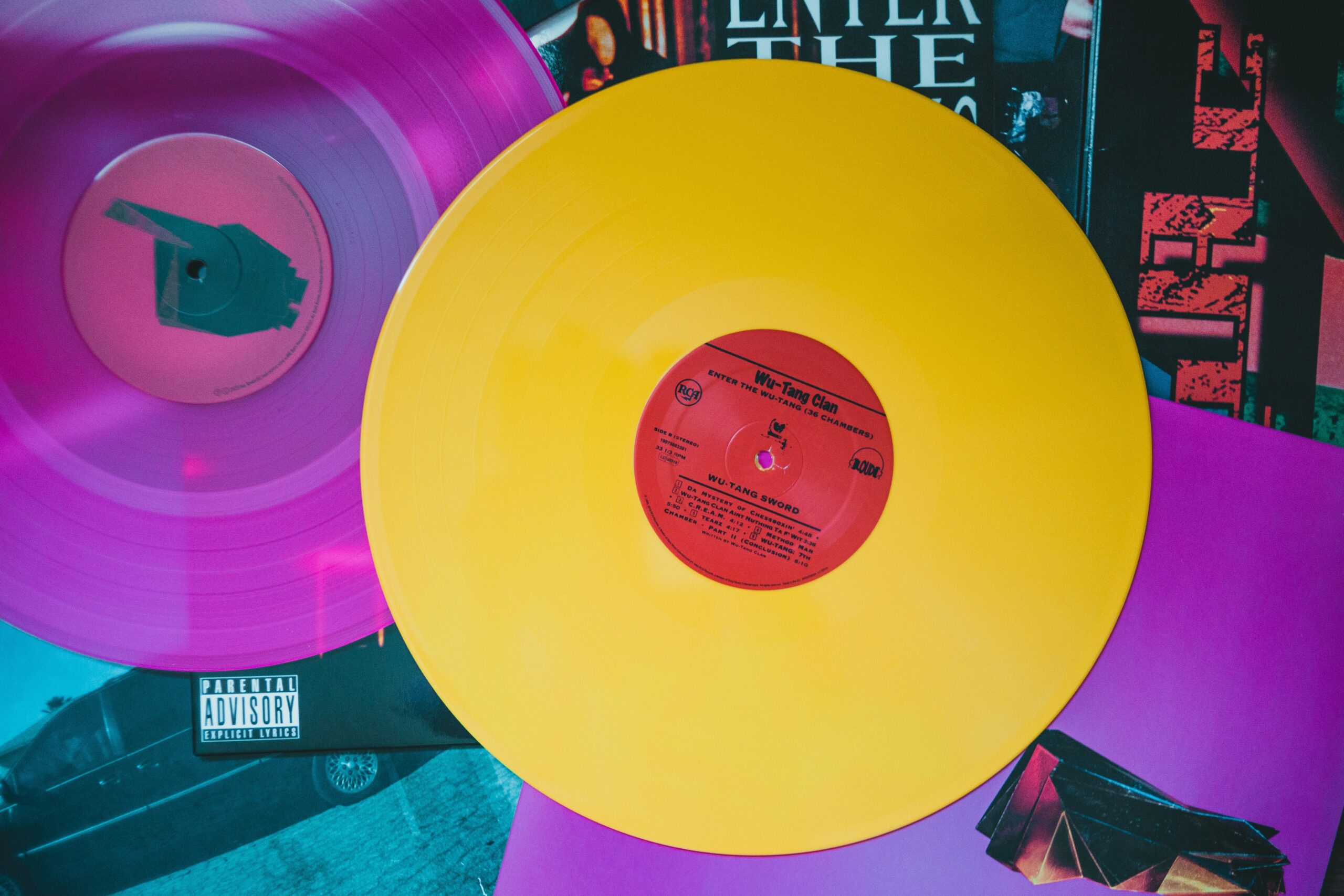As cassette tapes, CDs and iPods remain in the ashes, one sound-storage medium has risen again for a 21st century renaissance: the vinyl record.
Nostalgia has worked its magic, and vinyl records are now a favourite among lovers of classic rock and Taylor Swift merchandise collectors alike.
Posts from the taylorswift
community on Reddit
But there is one question that hangs on all our lips – how does the music get on there anyway?
IN THE BEGINNING, THERE WAS SOOT
The science of vinyls traces all the way back to 1857 when French typographer Édouard-Léon Scott de Martinville decided to build a device that could replicate the function of a human ear – not to make you feel like your hobbies are inferior or anything.
To do this, Scott de Martinville coated a glass plate with a thin layer of lampblack (a more goth way to say soot) and put a fine membrane over the tapered end of a trumpet. At the centre of the membrane was a rigid boar’s bristle – like the bristles on a hairbrush – around a centimetre long.
Sound is transmitted by the vibration of molecules between the source of sound and the recipient. The vibrations, or sound waves as we know them, can be transmitted through mediums like air and water.
When someone spoke into Scott de Martinville’s trumpet, the sound waves would vibrate the membrane, moving the stylus to trace the sound waves on the plate’s soot. Boom! Sound was no longer invisible but written in the lampblack. History’s first record was born!
Kind of.
A NEW WAVE FOR SOUND
Though Scott de Martinville is responsible for the earliest surviving recording of a human voice – which sounds super haunted by the way – his device could not play sounds back. Rather, he imagined that people in the future would read the scribed sound waves as one might read a book. Scott de Martinville called this process phonautography – the self-writing of sound. Typical lazy typist behaviour.
In 1877, Thomas Edison’s phonograph finally made playback possible, followed by Emile Berliner’s mass-produced gramophone records in 1887.
After this long, winding road of sonic science, our beloved vinyl record was in common use by the 1940s. Like Scott de Martinville’s achievement with the lampblack, the etchings on vinyl records are the product of sound waves captured by vibrations and written down.
BUT HOW? (HINT: BEDAZZLING)
Your typical record player has a needle called a stylus that is usually made out of diamond or sapphire (which makes you wonder – did Lorde unknowingly have a diamond stylus on her record player and had, in fact, seen a diamond in the flesh?).
Your sparkly stylus sits on the start of the vinyl record’s spiralling groove and moves through those 3D sound waves as the record spins. As your stylus vibrates in the grooves, the vibrations caused by the microscopic movements travel to the cartridge – the component of the record player that holds the stylus – and to the piezoelectric crystal inside.
That’s right – even more bling.
As the crystal wobbles, it creates an electrical signal that is sent to an amplifier, and boom, that’s the sound you get from your speakers or headphones.
i will never comprehend how this translates to music https://t.co/Dwo7UY1LJ3
— kira 👾 (@kirawontmiss) November 25, 2023
Some record players have little coils and magnets inside instead of a crystal (which is less cool but still functional). In these versions, when the stylus moves, it nudges the magnet up and down past the coil, and this process cooks up electrical signals instead.
A FINAL CURIOSITY
But how can vinyls capture so many sounds at once in these not-so-simple but still tiny grooves?
Consider this: you are always processing several sounds at once. When you are home alone, for example, you are hearing the sound of the vinyl playing, the sound of your own voice, your shoes squeaking on linoleum, your dog barking along and more.
A vinyl record and a turntable work together to function in the same way as your ears do – to ‘hear’ and then play multiple sounds at once.
The grooves in your beloved vinyl records are a moment of sound combined and contained to a single, extremely detailed written sound wave for your playback pleasure.
Simple … right? Right, guys? Is anyone else sweating?
Look – if, after all that, you still kind of think vinyl records are a product of magic not science, at least you can be comforted by the fact that you are not alone.
I still don’t understand how they get the music on there like I googled it and still don’t understand 😭 https://t.co/NWSgkBAmXU
— Taryn ❤️🔥 (@TARYNxOFFICIAL) December 17, 2023









